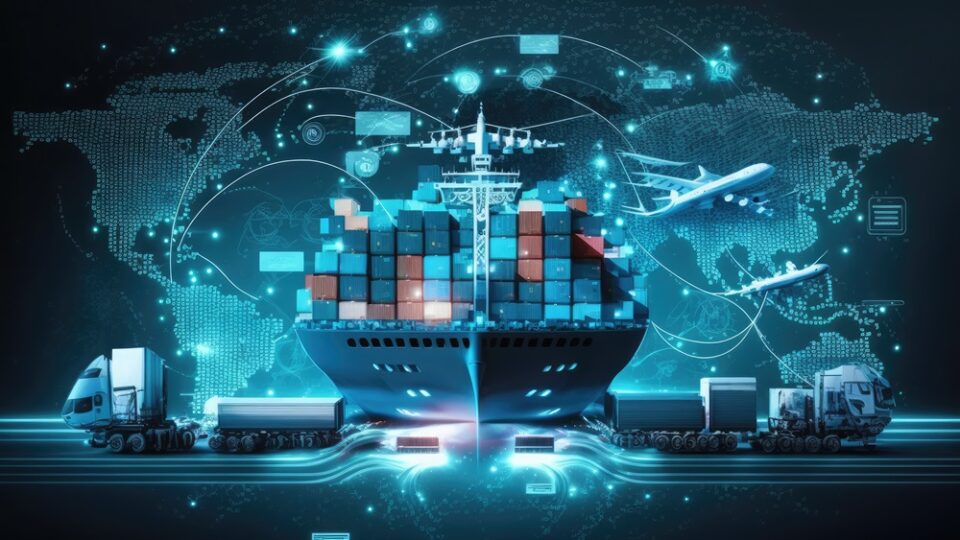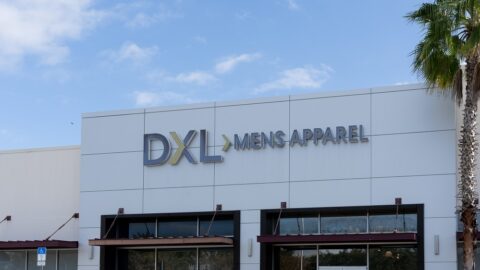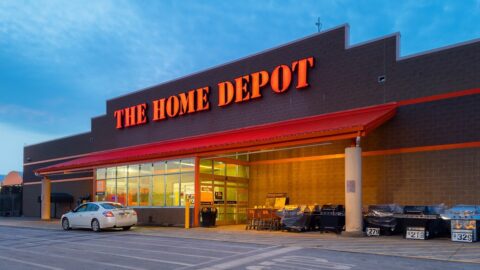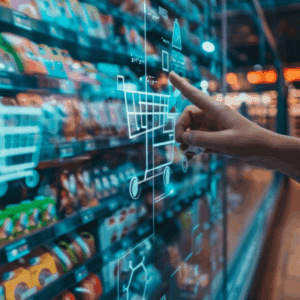Nobody likes uncertainty, but supply chain professionals will need to learn to not just like but love it as they seek to make supply chains both more agile and more resilient. That was the overriding message from speakers at the NRF 2025 Big Show session, Supply Chain 2025: Building Resilience for the Next Era.
For supply chains, “It’s been a relentless five years since COVID, including wars and other factors, so as a supply chain industry, uncertainties are going to be certain,” said Abir Thakurta, VP of Supply Chain at Havertys, one of the supply chain professionals speaking at the session moderated by the NRF’s Jon Gold. “How do we outmaneuver uncertainty? You have to embrace the uncertainty mindset. As much as [uncertainties] are challenges, as an organization we try to see that as an opportunity to outmaneuver the competition, because if we’re getting disrupted, so is our competition — and if I can do a little better, that’s the opportunity.”
Seizing that opportunity requires relentless and far-reaching communication and planning. “It’s about understanding what the disruption is and its impact in both the short term and the long term,” said Thurkata. “We’ve created playbooks around the technology that supports our processes, as well as our factories’ and logistics partners’ [technology. The playbooks help with] what we need to do to ensure that should something happen, everyone knows what to do.”
The need for communication and collaboration includes the retailer’s own departments. “In terms of the end-to-end value chain and the importance of relationships with internal partners, suppliers and partners, the importance of collaboration has only grown,” said Sean Barbour, SVP Supply Chain at Macy’s. “We’ve spend a lot of time building relationships with the finance team, the merchant team, the stores team, etc. That communication allows us to make fast decisions.”
Retailers also need to understand what motivates all these players. “In areas like ocean transportation, contract logistics and software automation, we need to know what success looks like to them, and they need to know what success looks like to us,” said Barbour. “If it’s just a transactional relationship, that’s all it will ever be — and that will never take us through disruption.”
Tariffs Could Accelerate Moves Away from China
Supply chain professionals have been trying to diversify their sourcing, including exploring nearshoring (manufacturing in North America rather than China or other parts of Asia) since the COVID pandemic struck, and the tariffs imposed by the Trump Administration are likely to add fuel to that movement.
“We’ve had to think about a diversified sourcing strategy, including multi-factory sourcing,” said Thakurta. “We now don’t have more than a certain percentage of our sourcing from one location. Additionally, North America has been a big play for us as well, although I don’t think the move away from China is happening at the pace that it had seemed to.”
Legacy Tech, Forecasting Challenges Could Slow Supply Chain Advances
While supply chain technology has made some “significant leaps over the past few years, it’s a mixed-bag world out there,” said Shaun Bunch, Chief Supply Chain and Retail Officer at Northern Tool + Equipment. “It’s equal parts antiquated legacy software and trying to harmonize with modern, sophisticated technology.”
Retailers want technology that will help them deal with high labor costs and labor shortages, but they may need to first ensure that their networks, both domestic and international, are designed to easily integrate such technology. Another key “ask” from supply chain professionals is improvements in forecasting, because “even some of the best organizations struggle with forecasting and inventory planning, but that will be critical throughout retail, as well as light and heavy manufacturing,” said Bunch.
But even the best forecasting can’t predict the unexpected events that are the daily bread of supply chain planners. “When disruptions happen differently than we expect — which is almost always — the good news is that the world of supply chain is a relatively small circle,” said Bunch. “We can look at what others in both like and non-like industries are doing, take that back and learn without paying the ‘tuition’ that others have already paid.”
These efforts are ultimately worth it: “If you have a supply chain that can drive a competitive advantage, you’re going to win,” said Thakurta.













